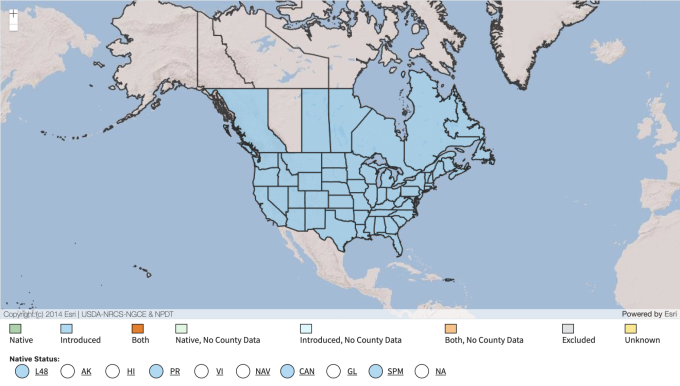Common Name: Wild Carrot, Queen Anne’s Lace
Family: Apiaceae
Plant Type: Biennial (sometimes annual in certain conditions)
Native Range: Europe and western Asia; introduced and naturalized throughout North America, including Nebraska
Hardiness Zones: 3–9
Height: 2.0 to 4.0 feet
Spread: 1.0 to 1.5 feet
Bloom Time: Summer to early fall (June–September in Nebraska)
Bloom Description: Flat-topped clusters (umbels) of small, white flowers, sometimes with a tiny purple flower in the center
Sun Exposure: Full sun to part sun
Water Needs: Low to medium
Soil Preference: Well-drained soils; tolerates poor, dry, and disturbed soils
Maintenance Level: Medium to high (due to aggressive self-seeding)
Suggested Use: Meadow plantings, wildflower displays (with caution), cut flower
Attracts: Bees, beneficial insects, butterflies
Tolerates: Drought, poor soils, heat
Notable Features: Lacy foliage, airy white blooms, historical and ornamental interest
Nebraska Growing Notes:
Wild Carrot, or Queen Anne’s Lace, has become naturalized and widespread in Nebraska, often appearing along roadsides, pastures, and in prairies. It is adapted to dry, poor soils and full sun, making it hardy and drought-tolerant in the state’s climate.
Although attractive and beneficial to pollinators and predatory insects, it is considered invasive in some contexts because of its prolific seeding and ability to outcompete native species. In managed landscapes, deadheading before seeds mature is recommended to reduce spread.
It is technically a biennial, producing a rosette of lacy, carrot-like leaves the first year, and flowering in its second year.
Landscape Use:
Best suited to wildflower meadows, roadsides, or informal naturalized areas where its tendency to self-seed is acceptable. Its delicate, white flowers add airy texture to cut flower arrangements and informal plantings.
Caution:
Although non-toxic to wildlife and beneficial insects, its aggressive seeding can make it a weed in formal gardens and restorations. It resembles poison hemlock (Conium maculatum), so care should be taken to positively identify plants. The plant can also cause mild skin irritation in some individuals.
Garden Locations:


